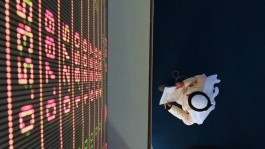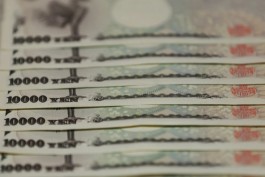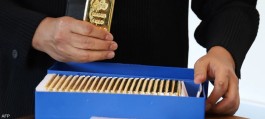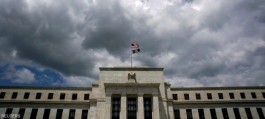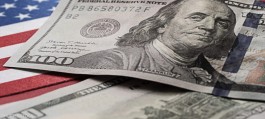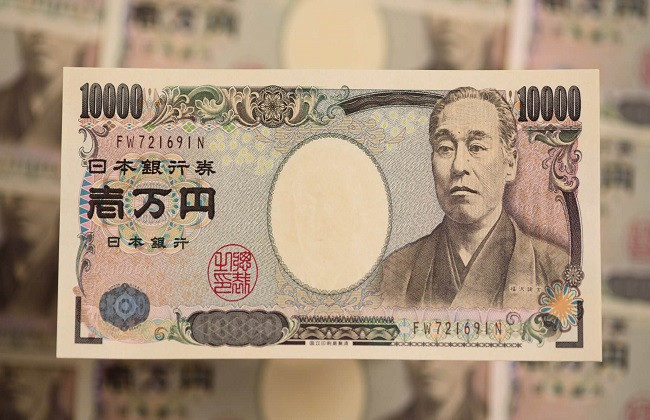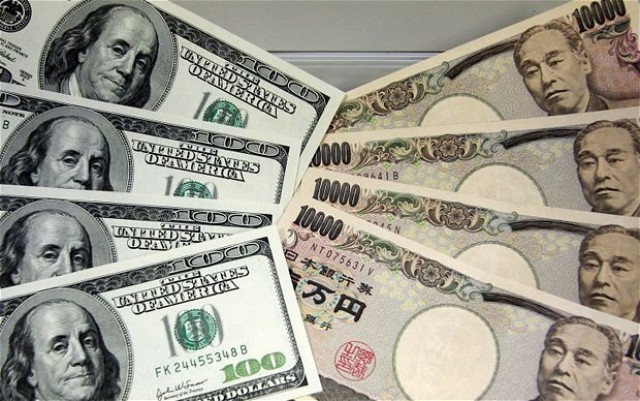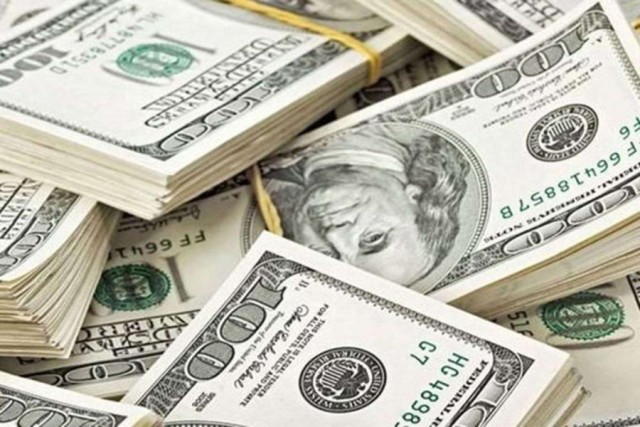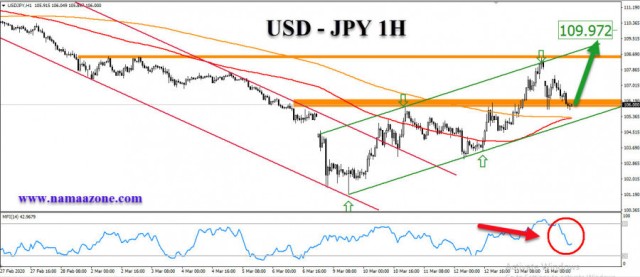The yen has fallen to its lowest levels since 1998, and the rise in overnight Treasury yields has put more pressure on the currency.
According to Arab Net, the yen fell by 0.5% to 139.68 against the dollar in Thursday's trading in Tokyo, the lowest level in 24 years. Some analysts have suggested that if the yen falls below 140 it could lead to possible intervention in the market, although economists have repeatedly pointed out the high risk to Japan from any attempt to support the yen.
We are witnessing much higher volatility in the market recently and we will continue to monitor that with great sensitivity, a Finance Ministry official said in comments that kept the tone of concern unchanged. Added undesirable sudden movements in exchange rates.
Comments indicated that the government is still some distance from taking more concrete measures to help the yen, although the BoJ's insistence on sticking to ultra-low interest rates is likely to keep the door open for further declines for the time being.
The last time Japan backed its currency was during the Asian financial crisis in 1998 when it reached around 146 to the dollar. It had previously intervened at levels around 130.
Compression results
The recent declines in the yen show the continuing impact on markets of the hawkish Fed's Jackson Hole seminar, where benchmark Treasury yields rose 3.2%. The data showed that inflation in the euro zone jumped to a record high in August, above expectations, and also affected global bonds on Wednesday.
European August CPI confirmed that global inflation is far from contained and renewed upward pressure on US yields to give tailwinds to USD-JPY, said General Manager at Gaitame.com Research Institute, Takuya Kanda, in Tokyo. With the stance of BOJ Governor Haruhiko Kuroda, players should only sell the yen.
Federal Reserve Chairman Jerome Powell's speech at Jackson Hole last week made clear that concerns about an economic slowdown were not a priority, eliminating continued optimism about a softer stance on interest rates.
In contrast, Bank of Japan Governor Haruhiko Kuroda reiterated the need for continued easing, once again highlighting the stark policy differences between Japan and the US that increased pressure on the yen earlier this year.
The gap in inflation-adjusted yields between the US and Japan has also widened, near its highest levels this year. The so-called real yield gap was a major driver of the yen's weakness, as investors sought more attractive returns in the US than in Japan indicated by the difference.
As Powell reiterated that the magnitude of Fed rate hikes is data dependent, traders will closely watch Thursday's US manufacturing data and Friday's employment report as the next potential catalyst for a weaker yen.
I don't think the yen will hit 140 before this data, but the strong manufacturing and jobs data will definitely push the currency into a psychological level, Kanda said. Since players will likely feel a sense of accomplishment after hitting 140, the pace of the yen's decline is expected to slow down even though the bearish trend continues.
policy program
In this context, economists largely expect the BoJ to stick to its current monetary easing program until Kuroda's term ends in April, even if it causes further weakness in the yen. The governor insists that he must see larger wage increases before he can accept that recent inflation levels above his 2% target are sustainable.
The weak currency is helping to increase inflation in Japan and Prime Minister Fumio Kishida has taken measures such as gasoline subsidies to reduce energy costs as businesses and households complain about rising prices.
Maki Ogawa, head of financial market research at Sony Financial Group, said: It is difficult for the Bank of Japan to pursue monetary tightening policy given the current economic situation. The downfalls are in line with economic fundamentals, so first of all, that doesn't mean there will be intervention.














